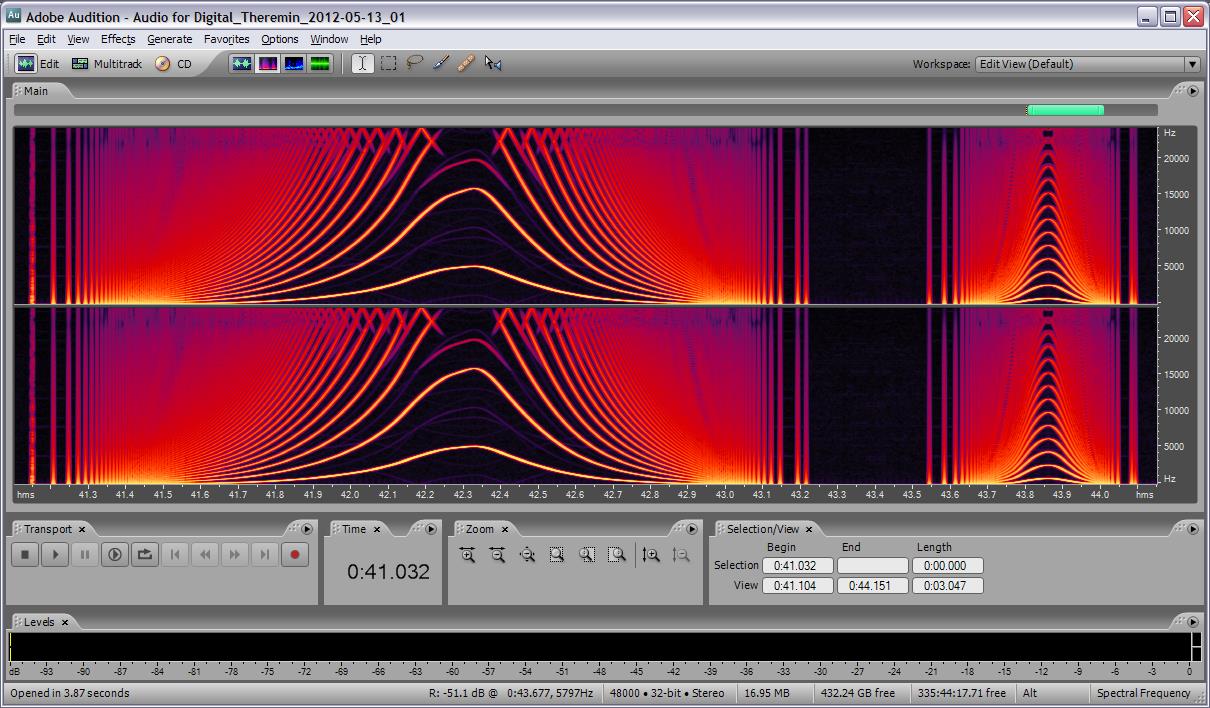We are convinced that in the "normal" Theremin playing, 100 Hz is enough. The "quick" and "abrupt" changes are not part of a normal theremin performance. Moreover, a little smoothing of that "abrupt" changes, could produce even more musical results.
---------------
Inductor temperature dependance is not part of the proposed simulations.
Our inductors tests where done with two CapSensors side by side, in the same ambient.
We then logged the data, cyclically altering temperature with a hair dryer.
We then maintained the best inductor, changing the worst with a different kind.
This process was repeated several times (for more than six months and with at least 30 different inductors) to select the best one (at least for our Colpitts oscillators)
It is not only a direct temperature dependance problem. When temperature changes, large inductors tend to accumulate mechanical stress and to release it periodically, causing glitches. This doesn't happen on little inductors.



